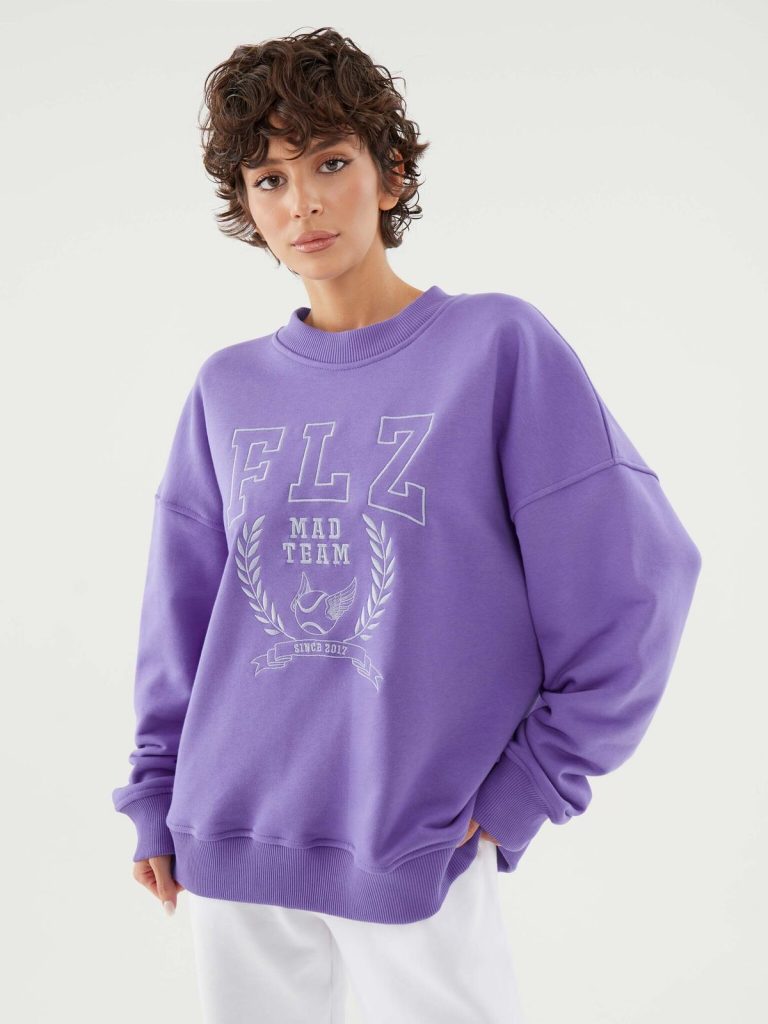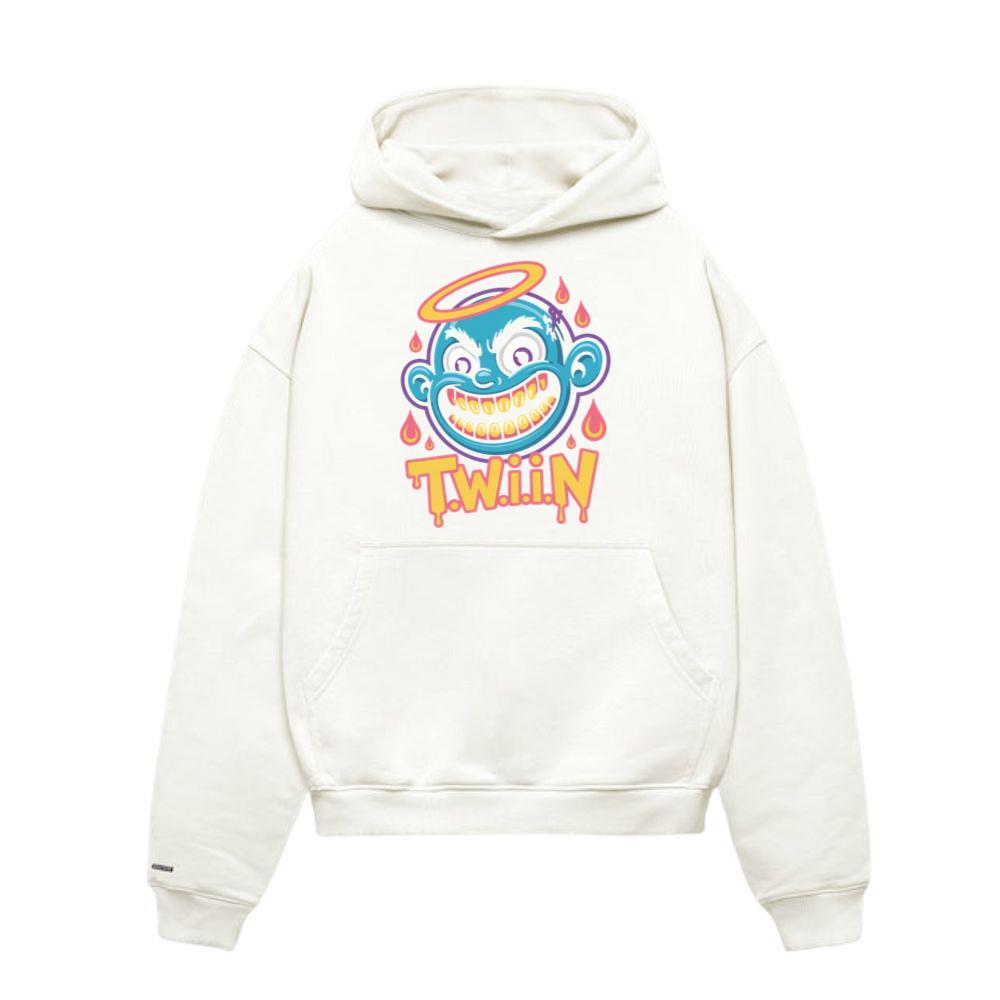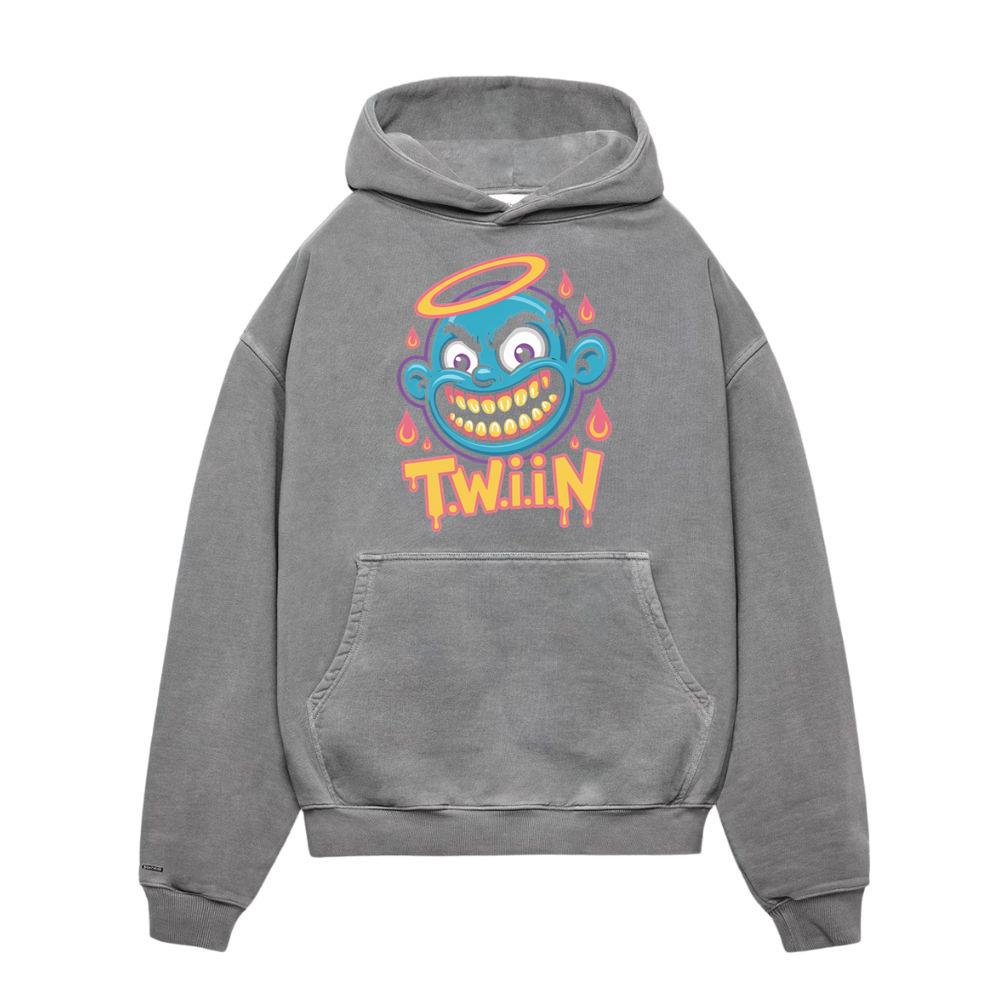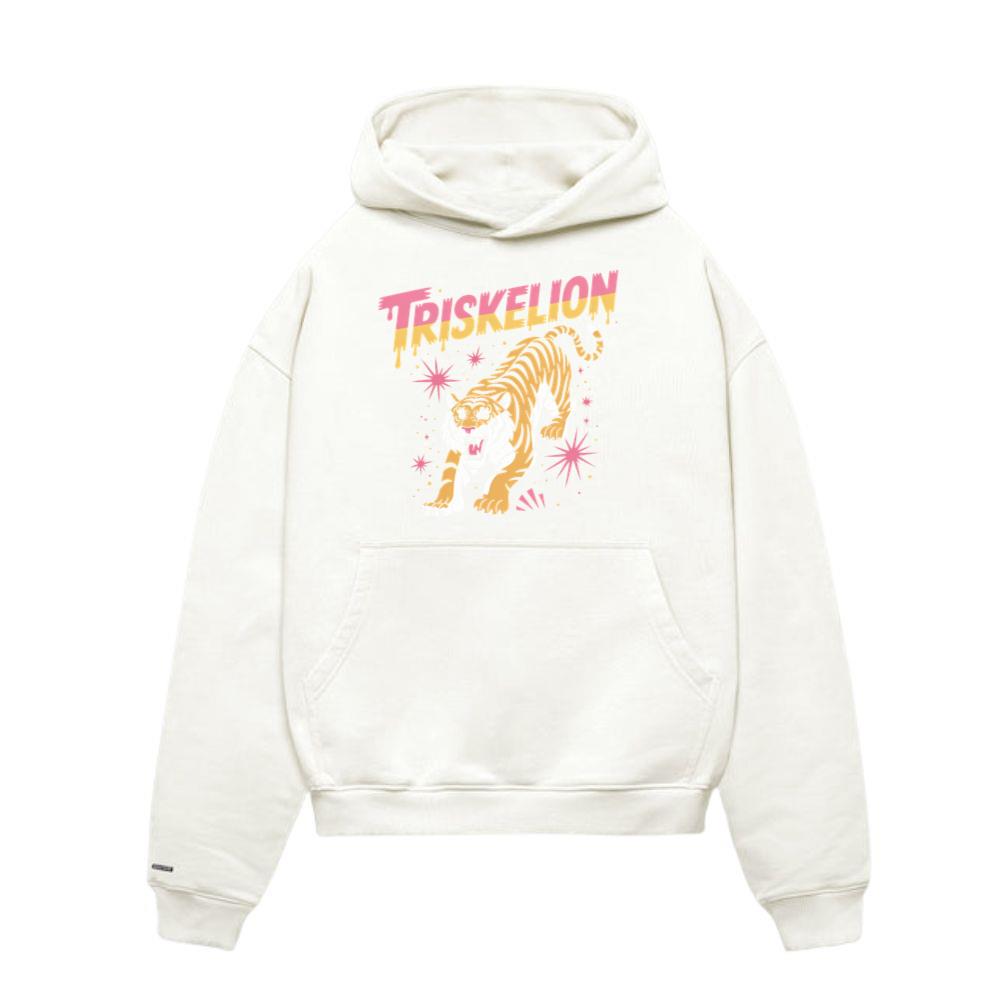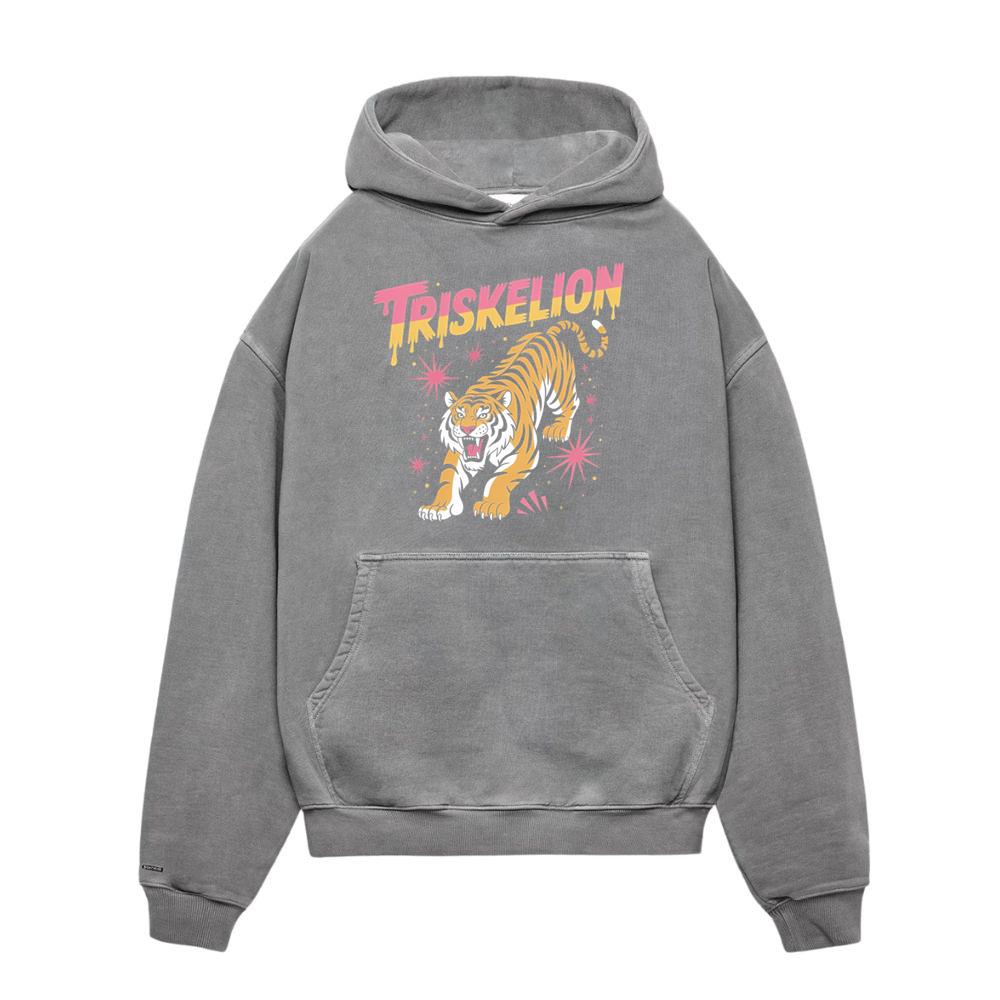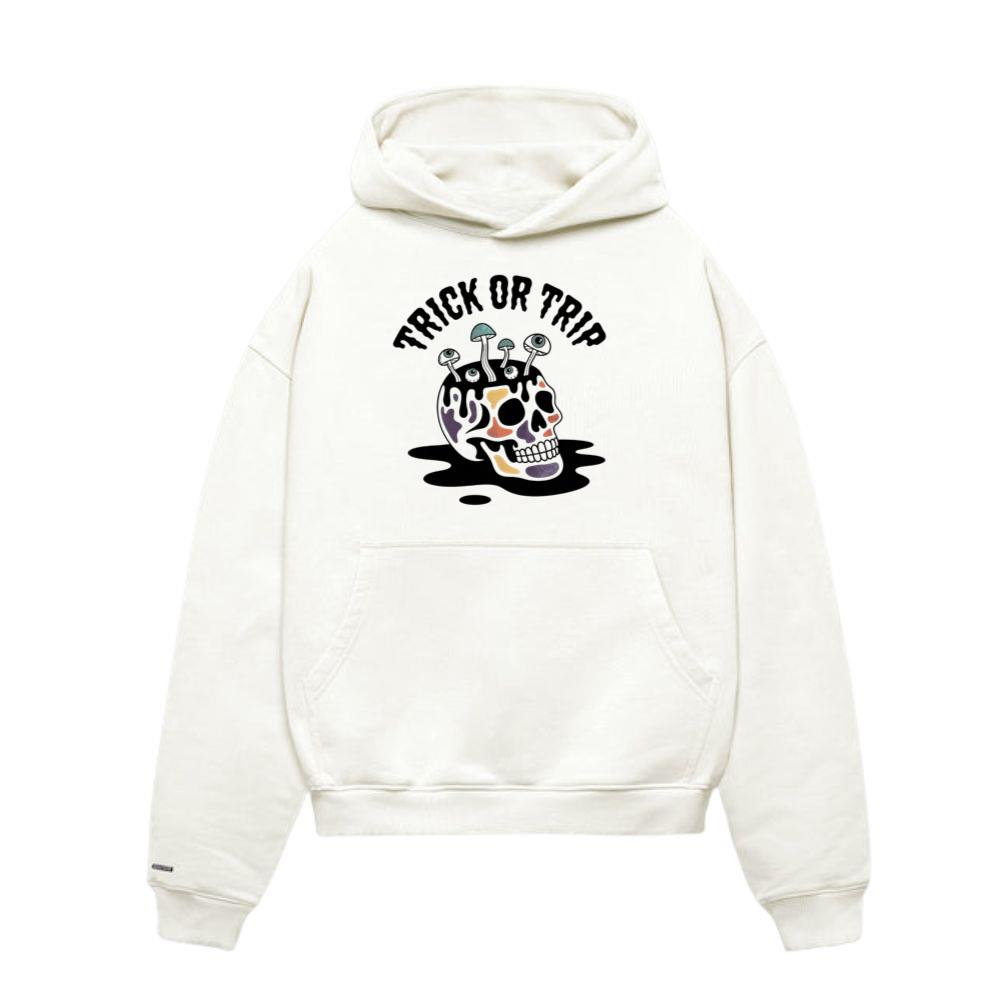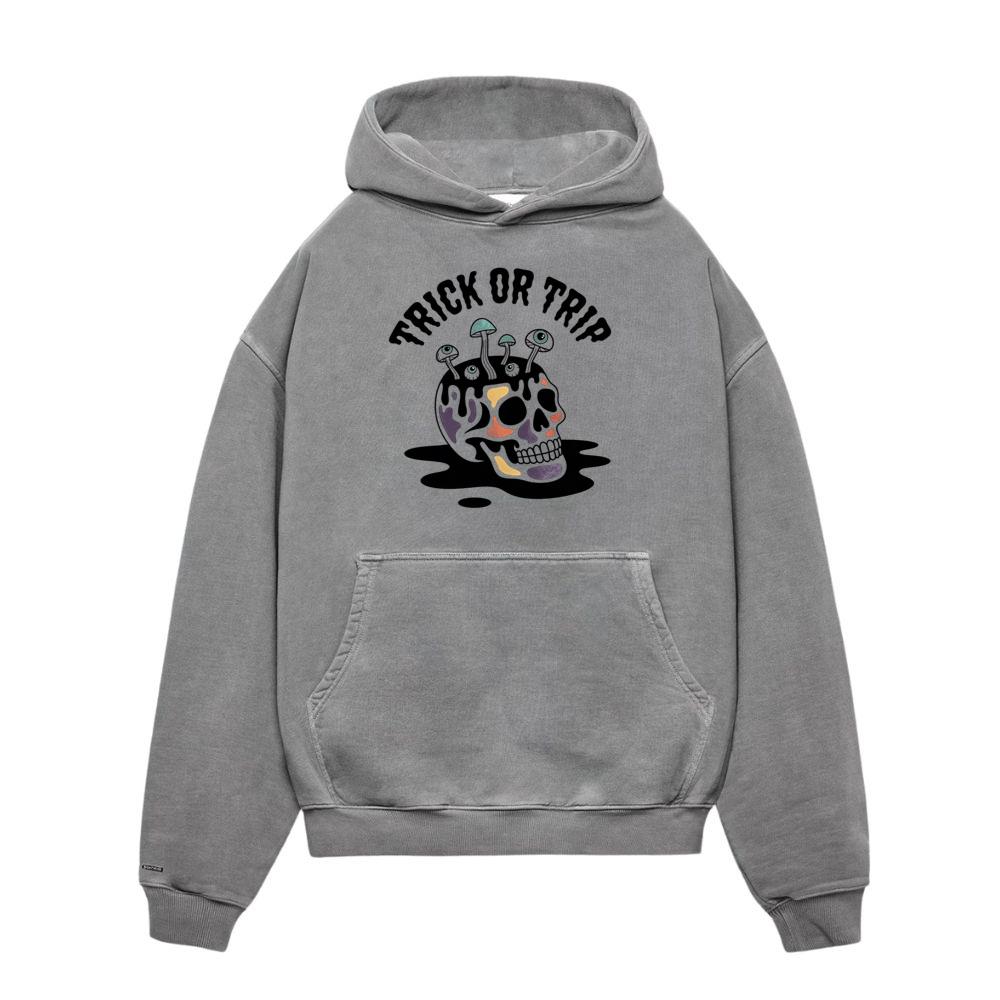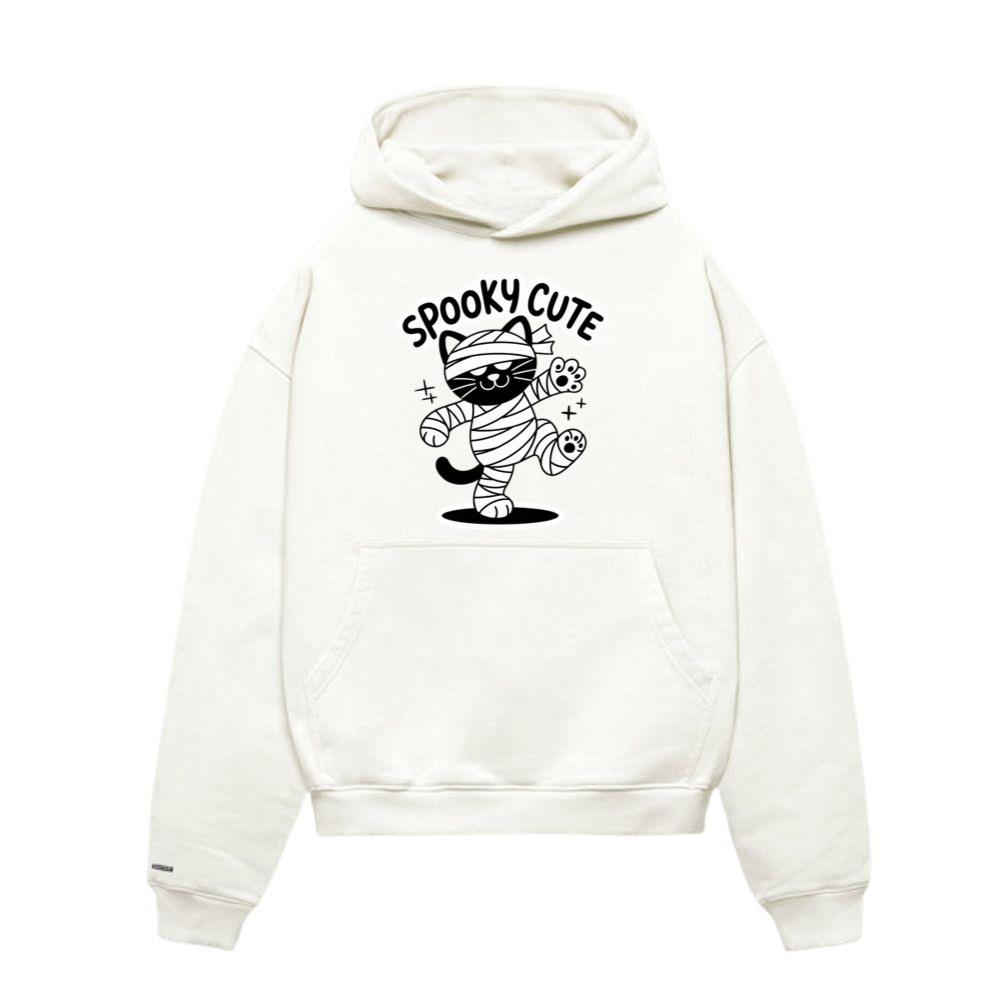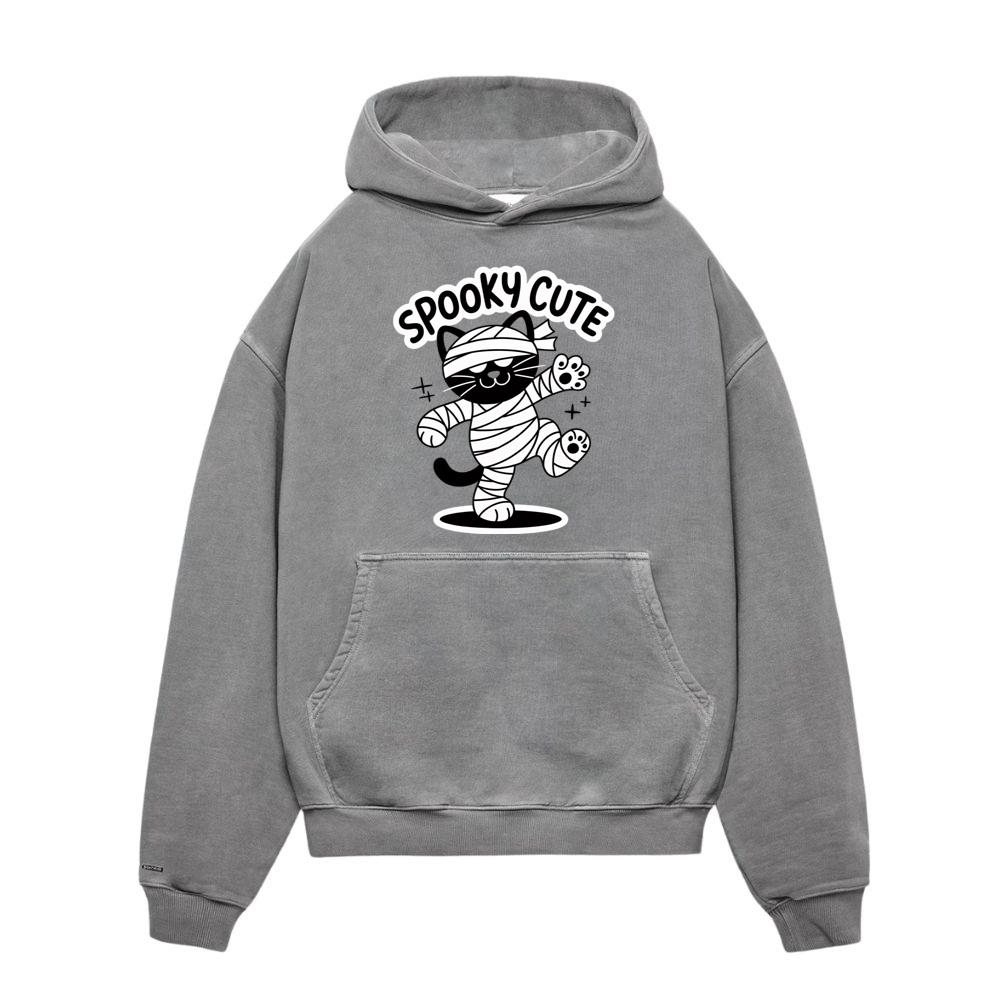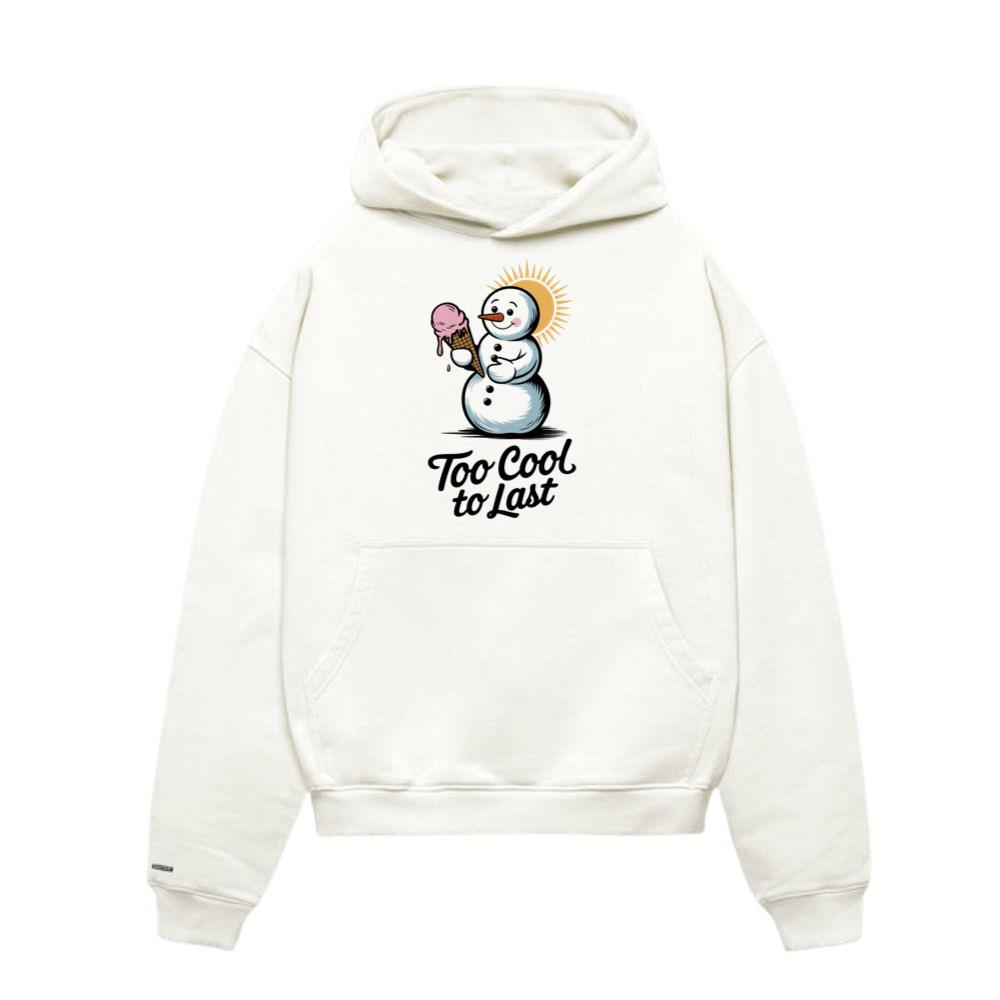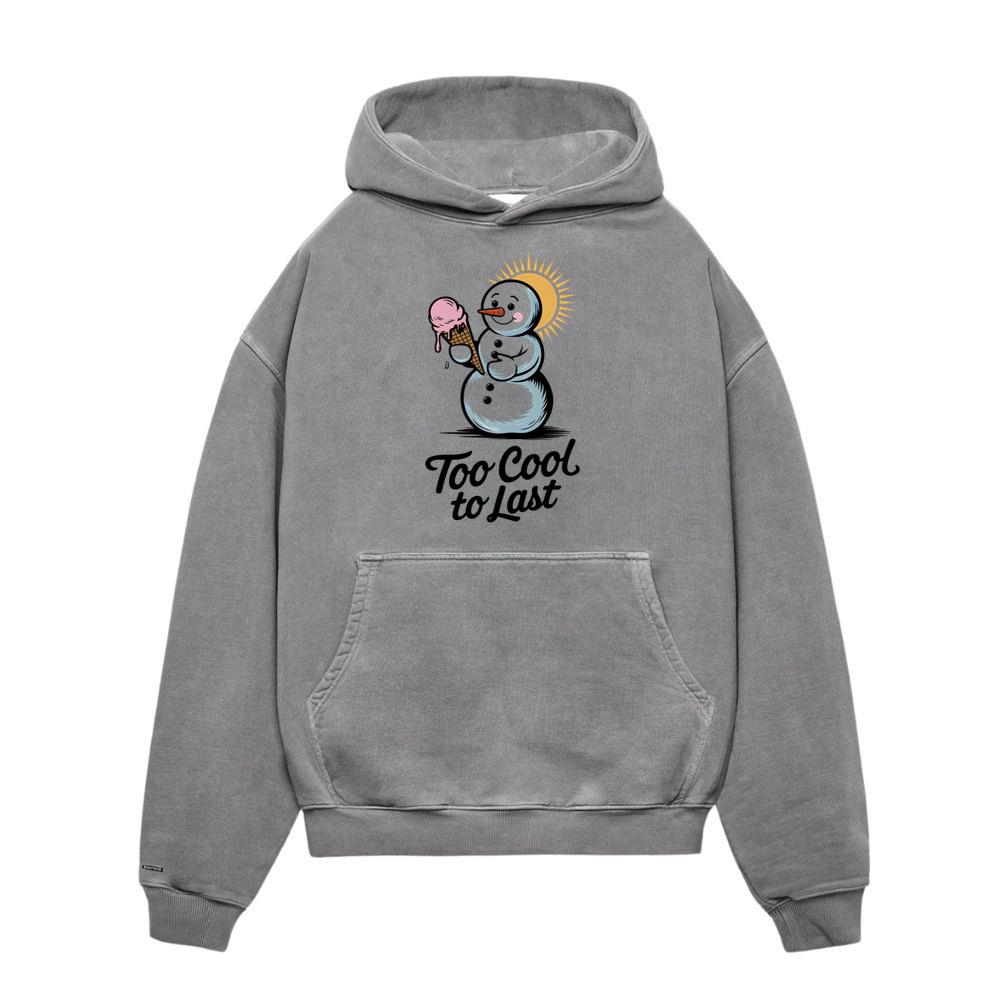Sustainable Fashion: Where Style Meets Responsibility
Sustainable fashion has emerged as one of the most defining cultural shifts of our time, reshaping how people design, produce, consume, and value clothing. It is no longer just a niche concept or a fleeting buzzword; it has become a global movement that unites creativity with accountability. The notion that garments can embody both aesthetic beauty and ethical purpose forms the foundation of this movement, pushing the boundaries of what the fashion industry can achieve in a changing world.
The rise of sustainable fashion is about more than just environmental preservation. It encompasses a rethinking of how materials are sourced, how workers are treated, how waste is minimized, and how style can coexist with conscious living. In this era, consumers are not only dressing for personal expression but also aligning their choices with principles of fairness, ecological balance, and cultural respect. This union of responsibility and elegance offers a blueprint for how clothing can inspire positive transformation while remaining stylish and relevant.
The Evolution of Conscious Clothing
The history of sustainable fashion is deeply tied to the broader evolution of society’s relationship with clothing. For centuries, garments were handmade, repaired, and reused, serving as practical essentials rather than disposable trends. With the advent of industrialization, mass production introduced both accessibility and excess. Factories churned out apparel at unprecedented rates, but behind the low costs lay hidden costs to laborers, ecosystems, and future generations.
By the late twentieth century, awareness of environmental degradation, climate change, and exploitative labor practices began to spark a counter-movement. Designers, activists, and consumers started questioning the values underpinning modern fashion. Out of this questioning came the first seeds of sustainable fashion, a movement emphasizing quality over quantity, fairness over exploitation, and durability over disposability.
As the twenty-first century unfolded, the demand for ethical practices gained momentum. Documentaries, investigative journalism, and grassroots campaigns shed light on the darker aspects of fast fashion, compelling both brands and buyers to reconsider priorities. Today, sustainable fashion has transcended a trend; it stands as a cultural imperative, shaping an industry in urgent need of reform.
Materials That Define the Future
At the heart of sustainable fashion lies the question of materials. Traditional textiles such as cotton, leather, and polyester have long dominated the industry, yet their production often involves harmful pesticides, excessive water usage, and synthetic chemicals. This environmental toll has led innovators to seek alternatives that balance beauty, performance, and responsibility.
Organic cotton, cultivated without toxic fertilizers, represents a cleaner approach that nurtures soil health and reduces pollution. Hemp, known for its resilience and rapid growth, has emerged as a versatile crop requiring minimal water and pesticides. Bamboo, once overlooked, now finds its place as a soft, breathable fabric produced from renewable sources.
Beyond plant-based solutions, scientists are pioneering innovations such as bio-fabricated leather made from mushroom mycelium, spider silk spun in laboratories, and recycled polyester derived from plastic bottles or discarded fishing nets. These new materials demonstrate that style can thrive without compromising the planet. By adopting fabrics with reduced carbon footprints and regenerative potential, the industry paves the way toward clothing that sustains rather than depletes.
The Role of Circular Fashion
The concept of circular fashion is a central pillar of sustainability, aiming to eliminate waste and extend the lifecycle of garments. Instead of a linear model—make, wear, discard—the circular system envisions design processes where resources are continually reused, recycled, or transformed.
Upcycling gives new life to discarded textiles by reimagining them into fresh designs. Recycling breaks down fibers to create raw materials for new products. Repair initiatives encourage consumers to mend rather than throw away worn items. Rental platforms and resale markets also reduce demand for new production, allowing fashion to circulate across multiple owners before reaching the end of its lifespan.
By embracing circularity, brands not only reduce environmental impact but also inspire consumers to rethink their habits. Clothing becomes less about quick consumption and more about long-term value. Each piece carries a story that transcends seasons, enriching wardrobes with purpose rather than clutter.


